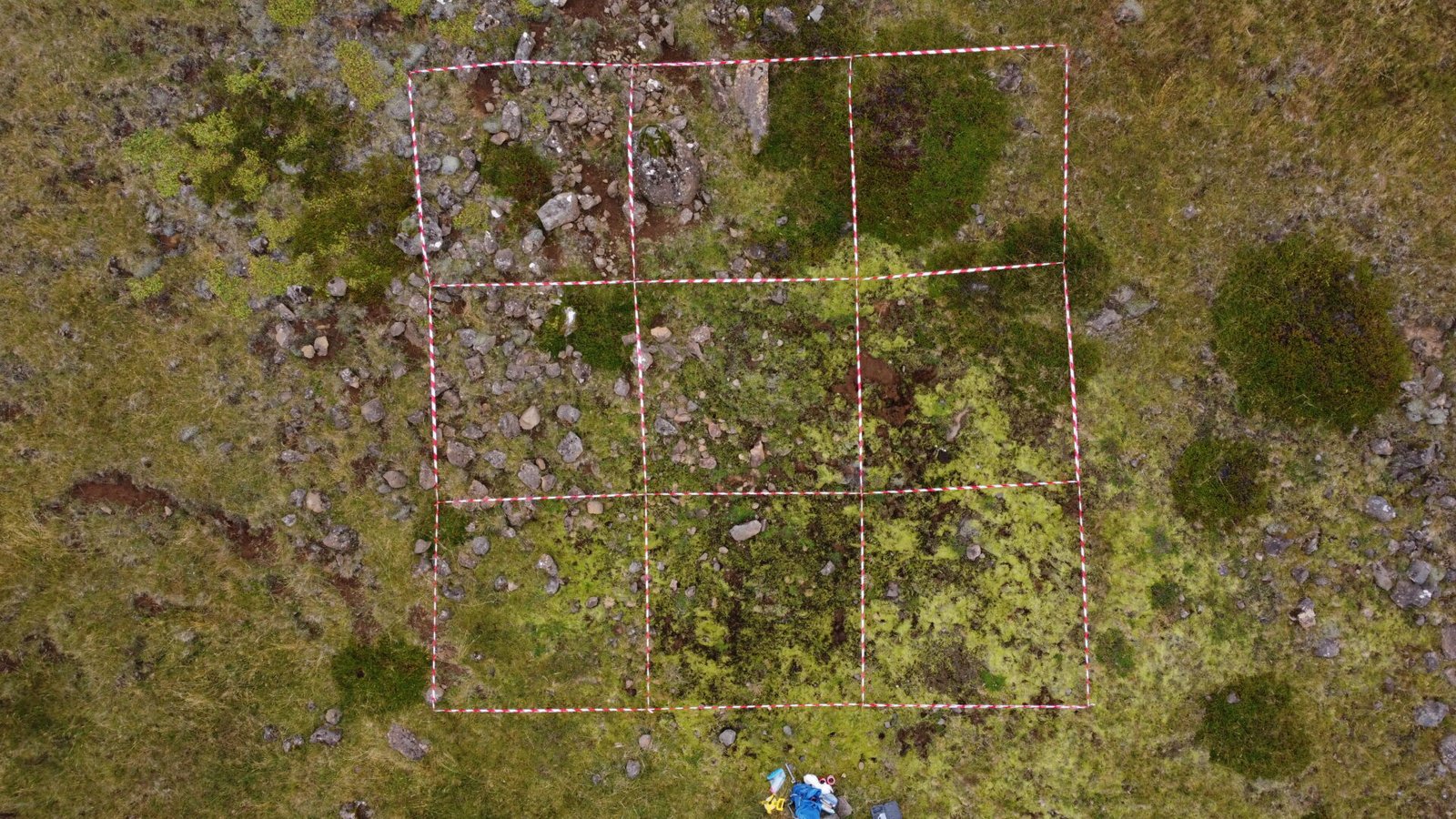Ant research in Iceland

In Iceland, most animal species arrived after the last ice age. However, human activities like travel and trade have brought alien species to the island. Our research focuses on ants, aiming to understand their diversity and distribution in Iceland.
By analyzing existing data and collecting new records, we identified 25 ant species, with some common ones being Hypoponera ergatandria (Isl. Húsamaur), Monomorium pharaonis (Isl. Faraómaur), Lasius niger (Isl. Blökkumaur), Tapinoma melanocephalum (Isl. Draugamaur), and Hypoponera eduardi (Isl. Hveramaur).
The study involved gathering historical records and new specimens. Pest management professionals and citizens reported ant sightings, contributing to the dataset. Additionally, public engagement through a website and social media helped gather more information. Finally, independend surveys in wild areas of the island were also perfomed.
The majority of ant species were found in urban areas, with the Capital Region having the most records. One species, Hypoponera ergatandria, was particularly common and mainly found indoors. Other species like Lasius niger and Hypoponera eduardi were more often found outdoors.


Based on the data, we categorized the ants as alien or casual alien species, with two species, Hypoponera ergatandria and Hypoponera eduardi, potentially naturalized. Further research is needed to understand their impacts on Icelandic ecosystems.
Overall, this study highlights the importance of public awareness and collaboration with professionals in monitoring and managing invasive species. It also emphasizes the need for ongoing research to better understand and address the challenges posed by alien ants and global warming in Iceland.